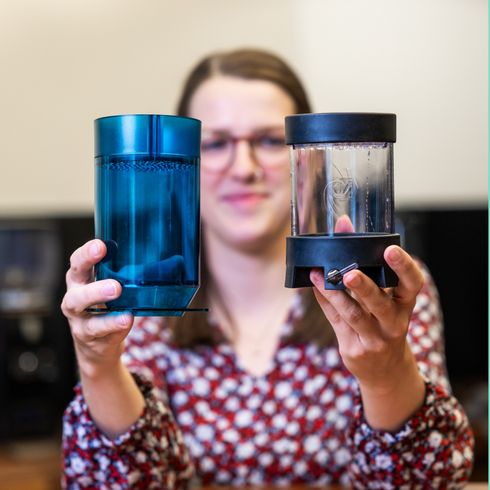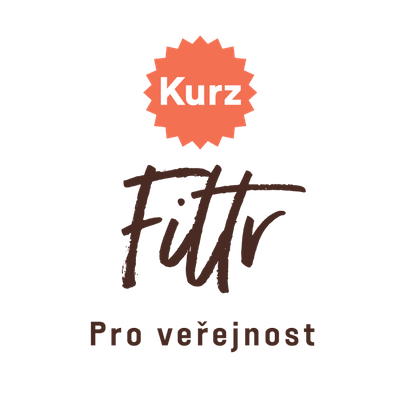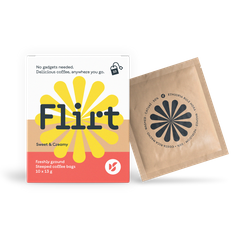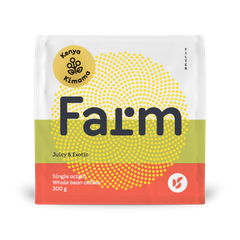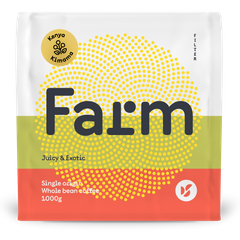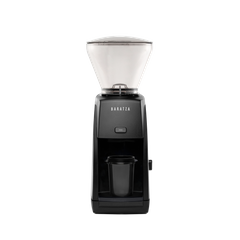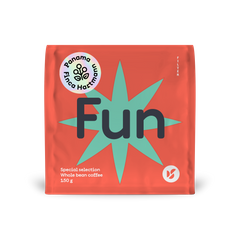
| Country | Panama |
|---|---|
| Farm | Finca Hartmann |
| Varietal | Arabica Bourbon Sidra |
| Processing | Natural |
| Crop | January 2024 |
| Partnership | since 2010 |
| Flavour | Juicy & Exotic |
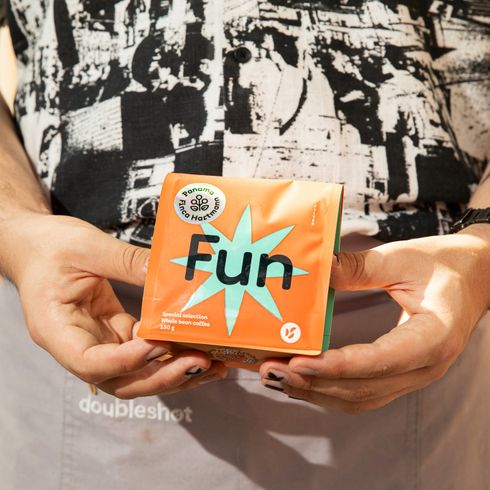
Fun - the bets of the best
Fun is the pinnacle of our offering. These are the best coffees that farmers produce on their farms, featuring exclusive varieties or experimental processes. Flavor-wise, they offer unique experiences for an extraordinary taste journey. Fun are the coffees that simply delight.
Fun is best enjoyed as filtered coffee, where the flavor profile of the coffee fully unfolds.
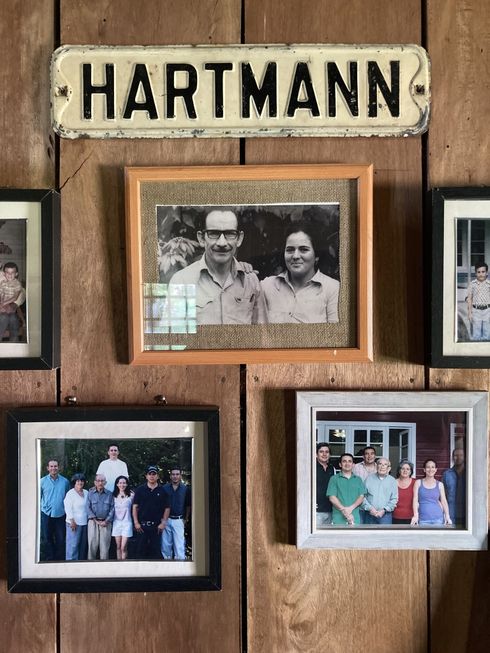
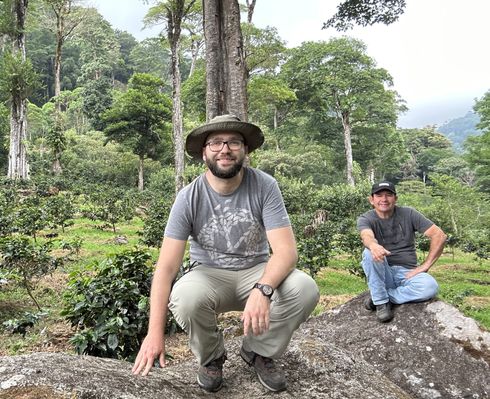
How does it taste
Lukas selected the coffee directly on the Hartmann family farm this March and gave it the highest rating of all samples cupped (89.25). In his cupping form he noted notes of yellow and tropical fruit (pineapple) and intense creamy body.
Our container from Panama arrived at the roastery in July. We then immediately froze the Sidra microlot at -18°C to stop the aging of the green coffee. Thus the coffee you now have the opportunity to taste will be in the best possible condition.
Hartmann's Farm
Finca Hartmann is situated in the heart of Santa Clara (map) region, right on the Costa Rican-Panama border. The farm is partially surrounded by the international park La Amistad and thus serves as a natural sanctuary for more than 300 different bird species.
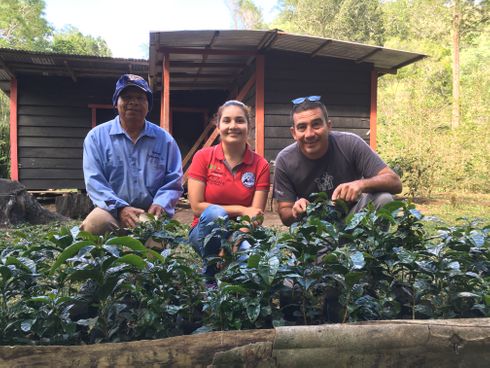
Filter Coffee Family
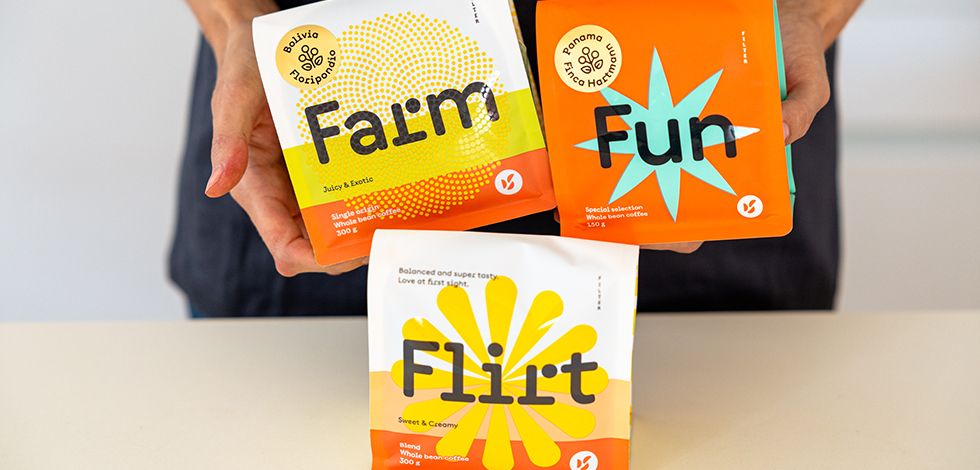
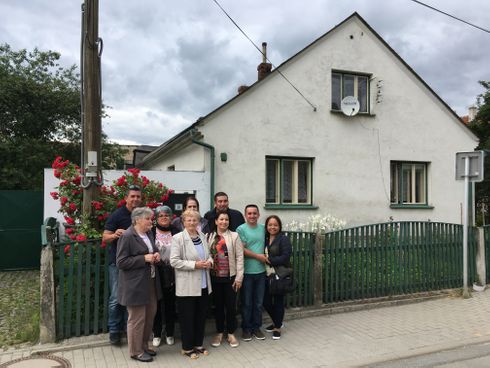
Coffee with Czech Roots
The eldest son of Czech settler and frontiersman Alois Strašil founded the farm in the year 1940. Alois, who was born in the village of Lestina near Zabreh na Morave (members of Hartmann family are pictured in front of his native house), was one of the very first inhabitants and coffee farmers of western Panama. National Geographic magazine even compared him to one of the heroes of the American West, Daniel Boone.
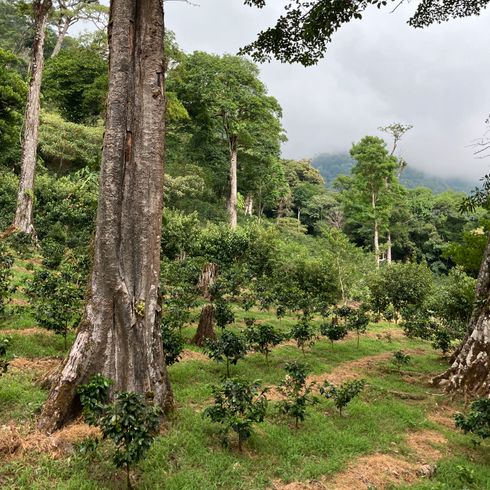
Respect for nature
Finca Hartmann became world famous mostly due to the sustainable farming practices and biodiversity. All coffee is grown in the shade of native trees and plantains that also serve as habitat for numerous bird species. It is no surprise that the Smithsonian Tropical Research Institute performed many scientific tests here.
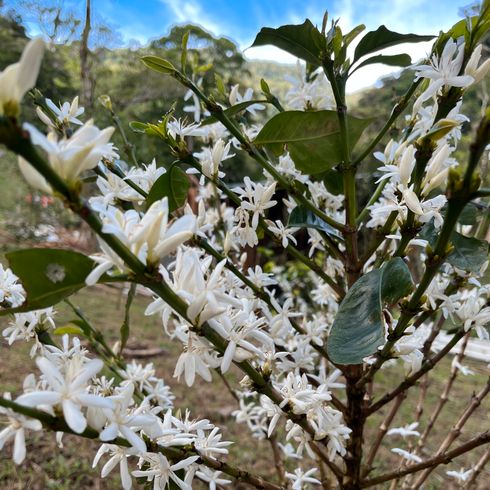
Bourbon Sidra
As with other "trendy" varieties, the origin of Bourbon Sidra is not entirely clear. Some people claim that Sidra comes (like the Typica Mejorada variety that we also have on offer) from the Nestlé company's breeding facility in Ecuador, in which Mr. Olger Rogel crossed the original varieties of the arabica bourbon and typica. However, after genetic testing of the Sidra variety, it was found to be significantly closer to the Ethiopian heirloom varieties.
The same story repeats itself as, for example, with the very popular Pink Bourbon variety, which was initially thought to be a cross between Red and Yellow Bourbon and is widely accepted as Ethiopian heirloom successor. In regards to Sidra, since not all producers have seedlings directly from the Nestlé coffee institute (which is no longer functioning), various misunderstandings or spontaneous mutations occur, and as a result it can look and taste completely different in different growing regions.
Our Sidra from the Hartmann family has a clear visual similarity to the Geisha beans. The elongated shape is unmistakable. In flavour, Sidra has tones of tropical fruit complemented by a thick and creamy body.
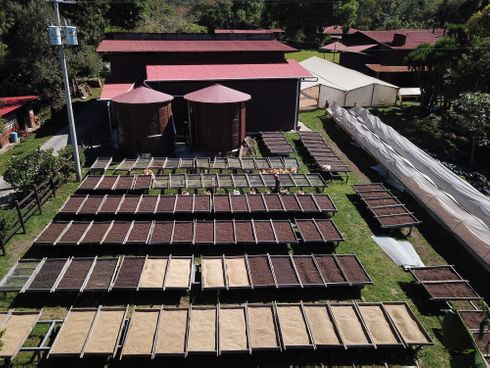
Natural Processing
This lot was processed naturally in the beginning of this year. Coffee cherries are picked and harvested when fully riped and then spread on African beds for 4-8 days (to final humidity of 22%, all weather depending). After that the cherries are taken to a special room for a week. The room is equipped with an industrial compressed air dryer where the cherries get dried till they reach the desired 11.5% of humidity. The great advantage of this room is the fact you can dry a few microlots in one place. The room is very clean and it´s easy to control the whole drying process. Its quite a new and innovative method that has become very popular in Latin America. Producers usually use it for their best lots.
What do we like to brew our coffee with?
